Bleachbit is an open-source utility that helps you in cleaning, optimizing, and protecting your privacy. It takes care of cleaning your disk space, browser history, delete cookies, shreds temporary files and directories, delete logs, and discard junk from your system. This tool has evolved over time and has added more features.
BleachBit is created to clean thousands of applications including Chrome, Firefox, Opera, and more. Beyond easily removing files, it contains advanced features such as shredding files to prevent recovery, erasing free disk space to mask traces of files deleted by other applications, and vacuuming Firefox to make it faster.
BleachBit Features
BleachBit has many useful features invented to help you effortlessly clean your system to free space and preserve privacy.
- Supports 60+ Languages.
- Easy to use interface with checkbox feature.
- It is open source so you are welcome to modify and redistribute.
- Supports both Linux and Windows.
- Supports shredding to permanently delete files/directories.
- Standard updates with new features.
- Can be used along with scripting.
- Takes care of freeing up space in the disk.
- No adware, spyware, malware, backdoors, or browser toolbars.
There are a lot more features this tool offers and you will get to know them once you start using this tool.
Installing Bleachbit in Ubuntu Linux
There are two ways you can install bleachbit in Ubuntu and its derivatives such as Linux Mint. You can use the apt package manager to install bleachbit but it might not be in the latest version.
$ sudo apt update $ sudo apt install bleachbit -y
The second method is to download the bleachbit .deb package file and install it locally.
$ sudo dpkg -i bleachbit*
How to Use Bleachbit in Ubuntu Linux
There are two applications in bleachbit. If you launch just “BleachBit” you cannot clean files that require elevated privilege. To clean files that require elevated privilege you need to choose “BleachBit as administrator”.
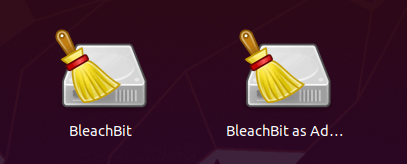
On the first launch, It will prompt you to set some preferences.
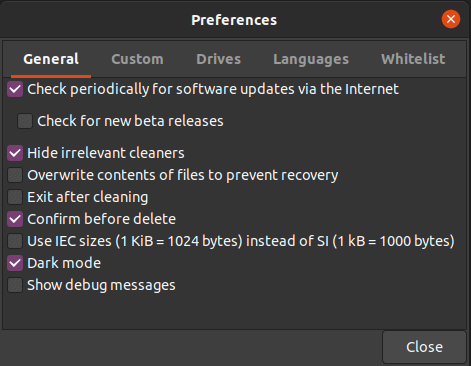
Once you are done setting up the preferences main window will appear.
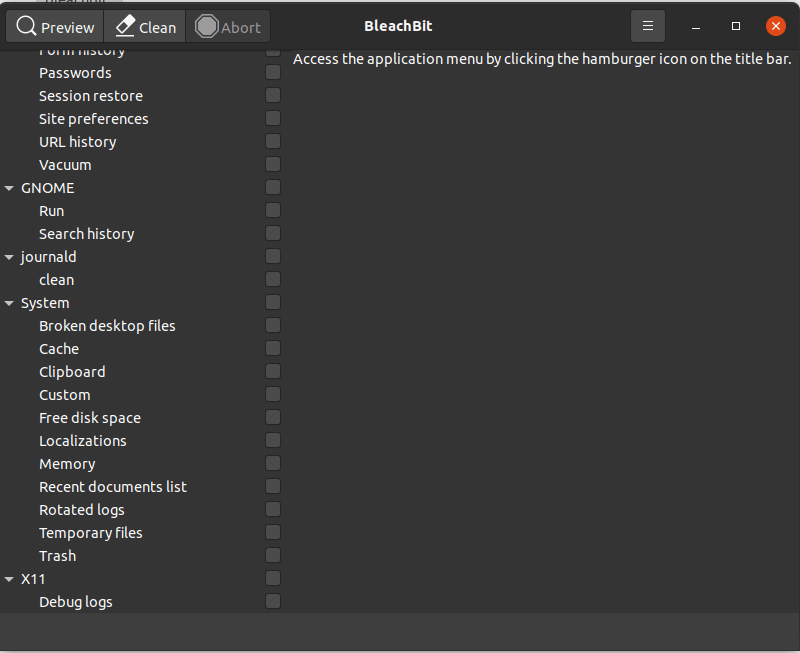
Now you can try cleaning whichever section you like by selecting the checkbox and press the “Clean” button.
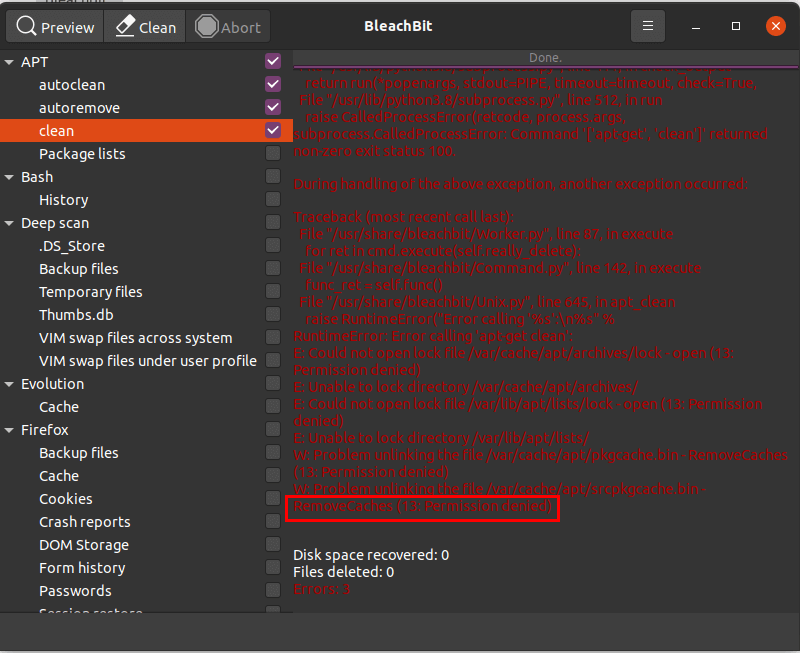
From the above image, you can see if you try to clean files that require root privileges it will fail. You have to launch “Bleachbit as administrator”.

You can also shred files or directories that cannot be retrieved back.
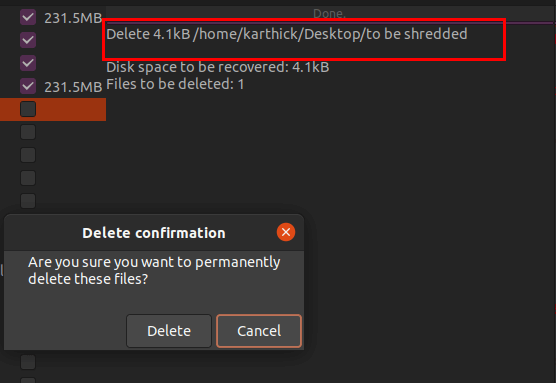
You can also free up some space by selecting “Wipe Free Space”. This will override the free space to hide files that are deleted previously.
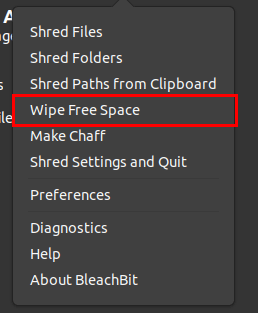
Below is the list of cleaners available and more can be found in the community repository.
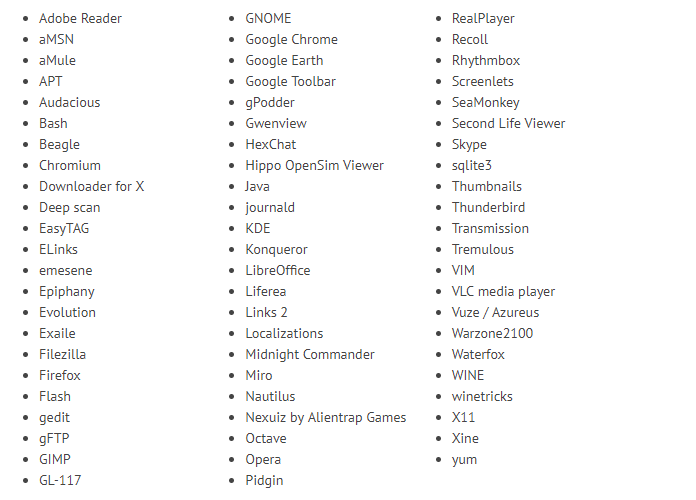
That’s it for this article. Bleachbit is an important tool to keep under your toolbox. Try it and comment with your valuable feedback.

Nice “how to!”
The newer Bleachbit Root has the same drop-down, but during the Wipe Free Space choice says “does not free up space!“.
And that is what we wanted to do, in the first place?
Right?
I see “Make Chaff” but I’m not the gutsy type to just see what might do, or totally undo, on my Mint 20.04 machine!
Which, I have, finally a total replacement for my OLD favorite W7-Pro-64bit,
And the other boot to OS is W10 home, only kept around on my dual boot for reminding me how “HORRID”…. MS stuff really is!
Thank you for your time in this “how TO!”